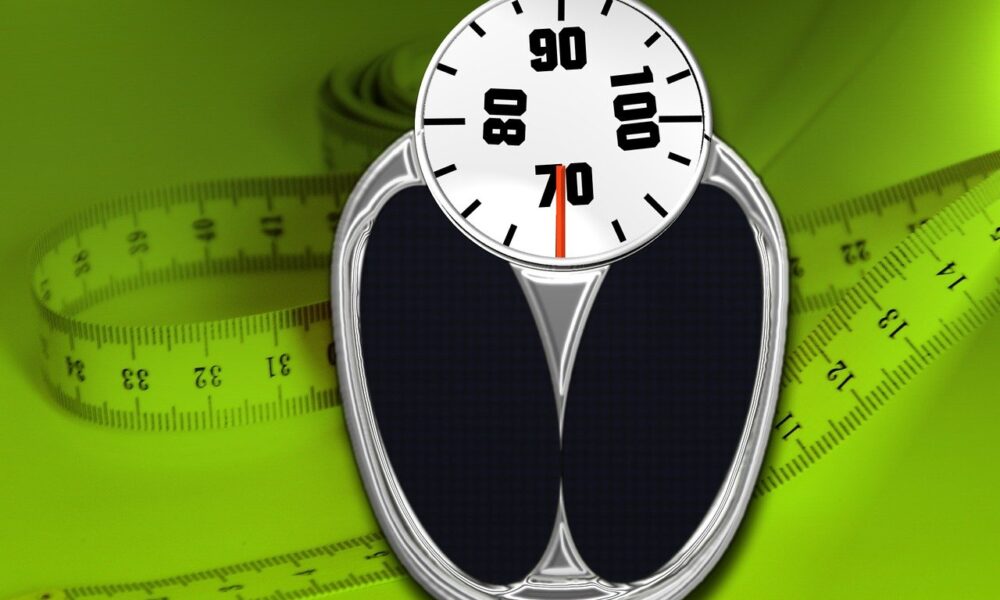-
INTRODUCTION
Body composition shows the percentages of fat, bone, and muscle in your body. While your total body weight gives you a general idea of your size, tools like a bmi calculator can complement body composition analysis by offering a quick estimate of whether your weight is in a healthy range. Body composition gives you a clearer picture of your physical health. Doctors and fitness experts often use it to understand your health better and check if your fitness or nutrition plan is working.
-
WHY BODY COMPOSITION MATTERS?
When you step on a scale, it shows your total weight—but it doesn’t tell you how much of that is fat or muscle. That’s important because muscle weighs more than fat but takes up less space. A person who exercises regularly and has a lot of muscle might weigh more than someone with more body fat but still look leaner and healthier.
Knowing your body composition can help identify health risks. Having too much body fat increases your chances of developing serious illnesses like heart disease, diabetes, and even some cancers. That’s why it’s helpful to go beyond just looking at weight.
-
UNDERSTANDING BODY FAT PERCENTAGE
Body fat percentage is the part of your body weight that comes from fat.
There are healthy ranges of body fat based on age and gender. For women, the healthy range starts from 16% to 33% depending on age. For men, it starts from 7% to 25%. You might be classified as overweight or obese if your percentage is higher. If it’s too low, you might be underweight. However, these numbers are just guidelines.
-
BODY FAT VS. BMI
People often confuse body fat percentage with BMI (Body Mass Index). BMI is a common method to estimate if your weight is healthy. It’s calculated using your weight and height.
Here’s a quick BMI guide:
- Under 18.5: Underweight
- 18.5–24.9: Healthy weight
- 25.0–29.9: Overweight
- 30 and above: Obese
While BMI is easier to calculate, body fat percentage gives a more accurate picture of your health.
-
HOW TO MEASURE BODY COMPOSITION
There are different methods to measure body fat:
- Skin calipers: A tool pinches fat on certain parts of the body. It’s affordable but can be inaccurate if not done properly.
- Bioelectrical impedance: Sends a small electrical current through the body to measure fat. It’s quick but not always precise.
- Body pod: determines the amount of air your body expels. It aids in body fat calculations.
- DEXA scan: checks the levels of muscle, bone, and fat using low-dose X-rays.
-
HOW TO IMPROVE YOUR BODY COMPOSITION?
You can improve your body composition by burning fat and building muscle:
- Eat a balanced diet: Avoid processed foods and sugary drinks. Protein is important for building muscle.
- Exercise regularly: Do both cardio and strength training. Aim for 150 minutes of moderate or 75 minutes of intense cardio weekly, plus strength exercises twice a week.
- Healthy lifestyle: Get 7–9 hours of sleep and manage stress to help with weight control.
-
CONCLUSION
Body composition is about more than just your weight. If you’re curious about your body composition, speak to a doctor or a fitness expert to find out how to get tested and improve your health.

